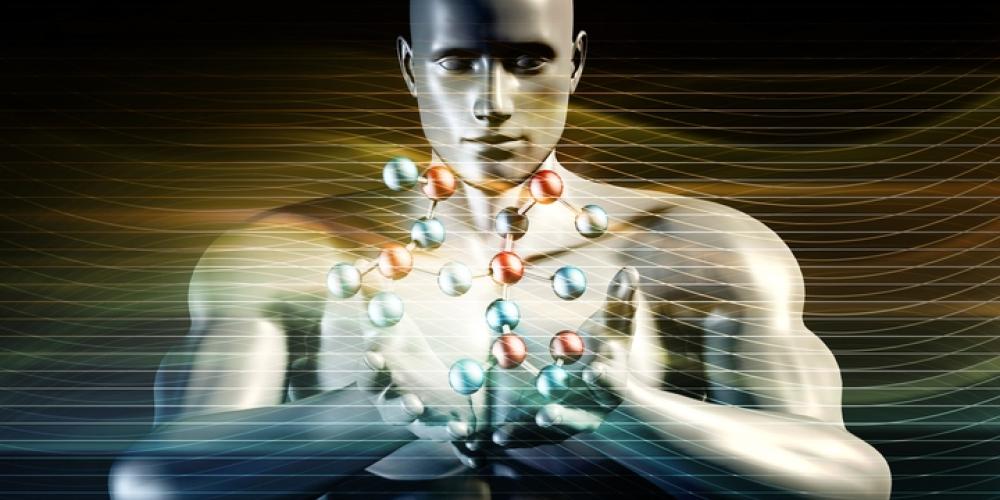
Everything that happens in the body – from digestion to thinking – is the result of biochemical processes. That applies just as much to things that go wrong, such as the metamorphosis of a functional cell into a cancerous cell. To understand all these processes, scientists need to identify all the molecules that play a part. They do this by isolating them with a technique known as liquid chromatography. In this process, a solvent containing the molecules is forced under high pressure through a column filled with adsorbent particles. The molecules emerge from the other end of the column separated according to type. Using this technique, scientists can detect about 10,000 different molecules, but that’s just a small part of the estimated hundreds of thousands of molecules active in the body. As a result, we are still very much in the dark over many of the biochemical processes that take place in our bodies.
To explore these mysterious molecules, we need a new approach to liquid chromatography. According to chemist Gert Desmet of VUB, the main problem is that until now, the particles in the column have been randomly arranged – like grains of sand on a beach. “Disorder is the enemy of a clean separation,” he says. So he aims to develop a method in which the particles can be ordered in neat, pre-determined patterns, over large surfaces. To this end, he needs to develop radical new fabrication techniques that are accurate to within nanometres. The European Research Council found this research so promising that it has awarded a grant of €2.5 million to support it. “Our research aims to create a map of all the molecules active in the human body,” says Desmet. “That should lead to numerous discoveries in the biological and life sciences.”